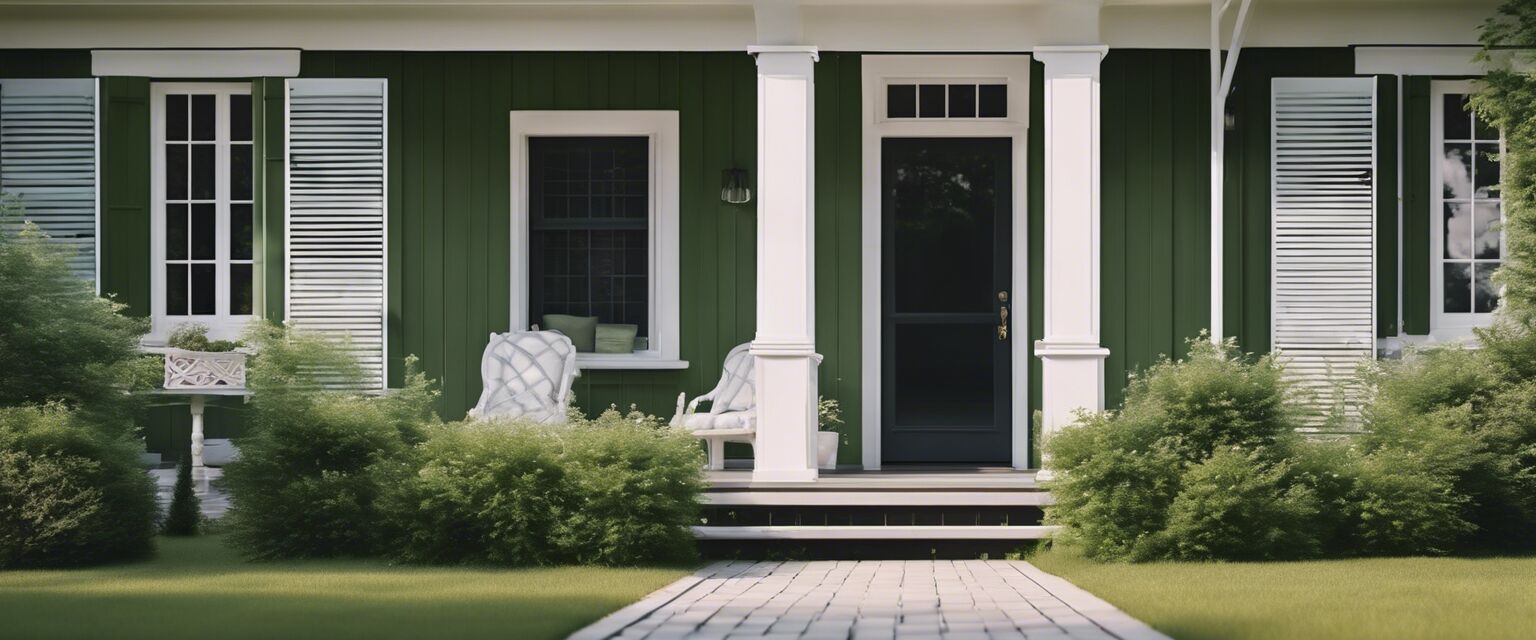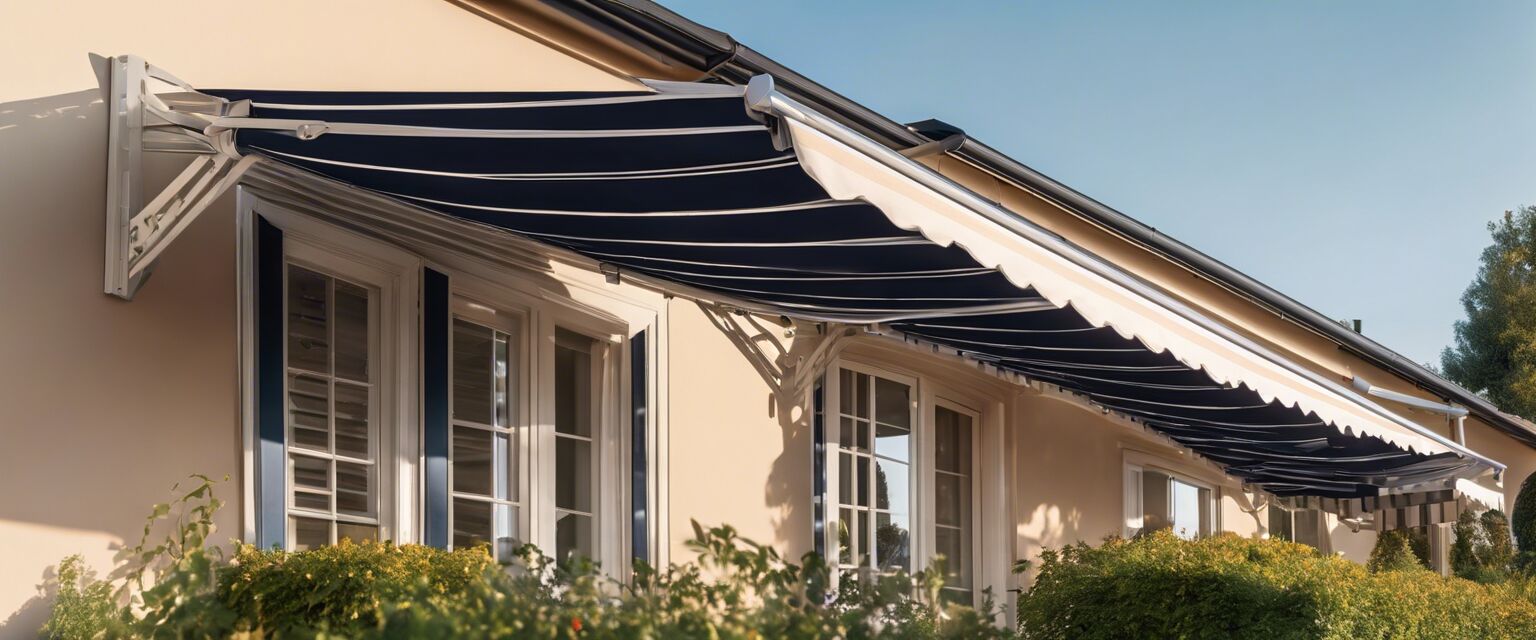
Exterior Paint: Comprehensive guide to different types of exterior paint and applications
Key Takeaways
- Exterior paint enhances the appearance and protection of your home.
- Understanding different types of exterior paints helps in making the right choice.
- Preparation is key for the longevity of exterior paint applications.
- Regular maintenance keeps the exterior paint looking fresh and attractive.
Exterior paint plays a crucial role in protecting and beautifying the outside of your home. With various options to choose from, understanding the differences can help you make the best decision for your property. In this comprehensive guide, we’ll explore different types of exterior paints, their applications, and tips for their maintenance. Whether you are planning to paint your home or are just curious about the options available, we’ve got you covered.
Types of exterior paint
Choosing the right type of exterior paint is essential for achieving desired results. Here are the most common types:
| Type of Paint | Characteristics | Best Uses |
|---|---|---|
| Latex Paint | Water-based, quick drying, flexible, low odor | Siding, trim, fences, stucco |
| Oil-based Paint | Durable, excellent adhesion, longer drying time | Metal, wood surfaces, high-moisture areas |
| Exterior Primer | Prepares surface for painting, improves adhesion | New wood, previously painted surfaces, metal |
| Elastomeric Paint | Highly flexible, waterproof, thick coating | Concrete, masonry, roofs, buildings with structural issues |
| Textured Paint | Thick, adds texture and dimension, hides imperfections | Walls, surfaces requiring a rugged finish |
Choosing the right exterior paint color
When selecting an exterior paint color, consider these factors:
- Architecture Style: The color should complement the architectural style of your home.
- Surrounding Environment: Consider the colors of neighboring houses and the natural landscape.
- Climate: Lighter colors reflect sunlight and may help keep your home cooler.
Color trends for 2023
Stay ahead of the curve with these popular color trends:
- Earthy tones: Greens, browns, and terracotta
- Soft pastels: Light blues, muted pinks, and off-whites
- Bold contrasts: Dark facades with bright trims

Preparation for painting
Proper preparation is crucial to a successful exterior paint job. Here's how to prepare:
- Choose the right weather: Aim for dry weather with temperatures between 50°F and 85°F.
- Clean the surface: Remove dirt, mildew, and old paint. Power washing is ideal.
- Repair surfaces: Fill in cracks or holes and sand rough spots.
- Use a primer: Apply primer if necessary to improve adhesion and coverage.
Application techniques
Here are some effective techniques to apply exterior paint:
- Brush: Best for precision and control, ideal for trim and details.
- Roller: Great for larger expanses; use a thick nap for textured surfaces.
- Sprayer: Fast application for large areas but requires careful masking and technique.

Maintenance of exterior paint
To extend the life of your exterior paint, consider these maintenance tips:
- Regular cleaning: Wash the exterior to remove dirt and mildew.
- Inspect regularly: Check for peeling, cracking, and fading, and touch up as needed.
- Repaint every few years: Depending on the material and location, plan to repaint every 5-10 years.
FAQs about exterior paint
Here are some common questions about exterior paint:
- How long does exterior paint last? Most exterior paints last between 5 to 10 years, depending on conditions and prep work.
- Can I paint over existing paint? Yes, but proper surface preparation is necessary for a good result.
- Do I need to prime before painting? Priming helps improve adhesion and cover stains or bare areas.
Pros
- Enhances the aesthetic appeal of your home
- Protects surfaces from weather damage
- Increases property value and curb appeal
- Wide variety of colors and finishes
Cons
- Requires periodic maintenance and repainting
- Some paints may contain harmful chemicals
- Cost of materials and labor can add up
- Improper application may lead to peeling and bubbling
Conclusion
Choosing the right exterior paint is vital for protecting and enhancing your home’s appearance. With knowledge of the different types of exterior paint, preparation, application techniques, and maintenance tips, you can ensure a successful project. For more information on related products, check out our sections on Exterior Doors, Outdoor Lights, and Window Shutters.
Tips for beginners
- Start small: Practice on a less visible area before tackling larger surfaces.
- Invest in quality tools: Good brushes and rollers can make a significant difference.
- Don’t rush: Allow adequate drying time between coats for the best results.



